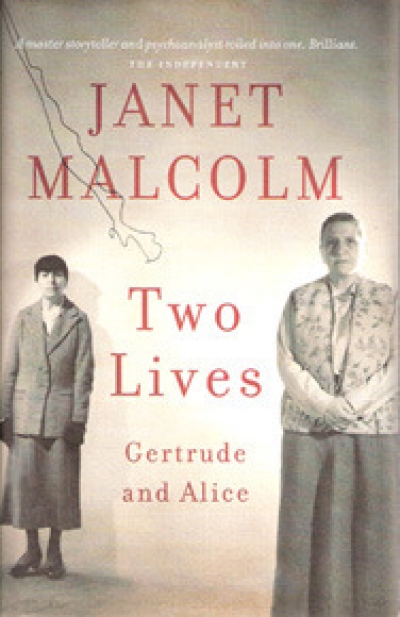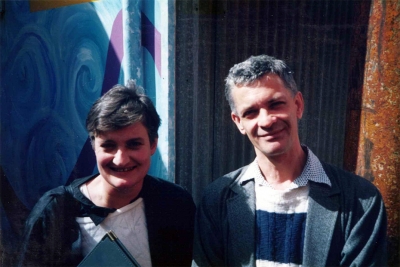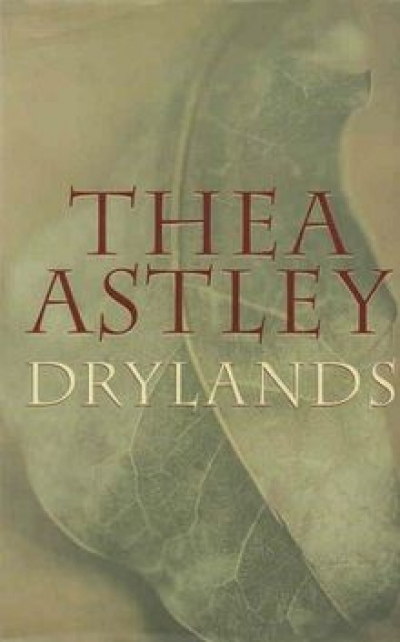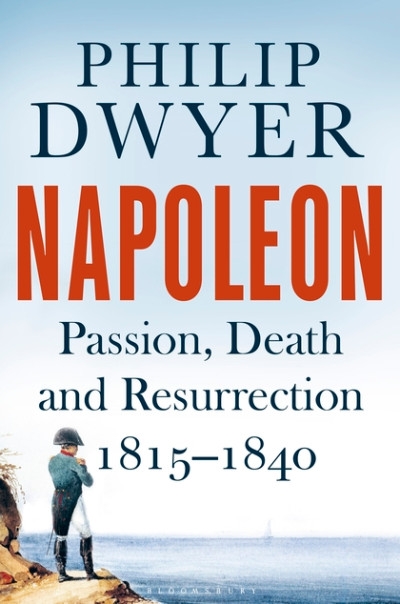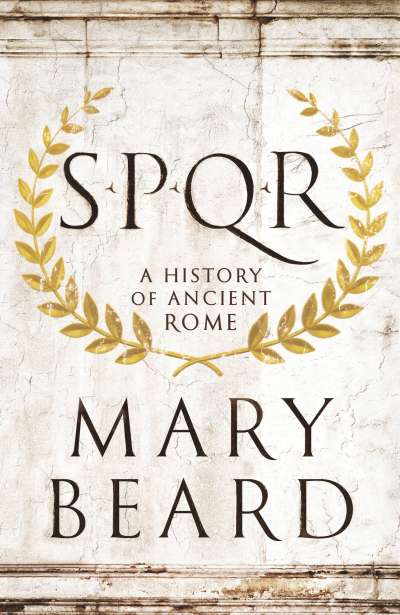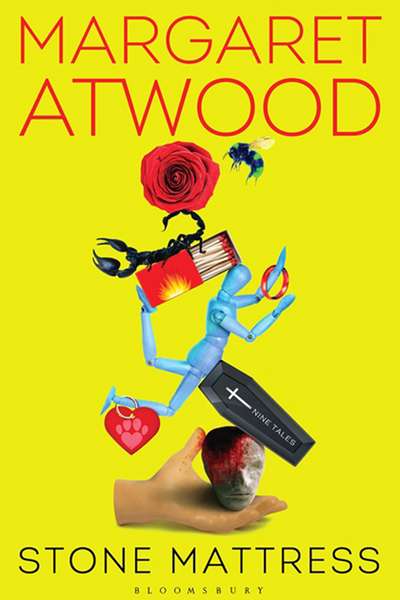From the Archive
Sign up to From the Archive and receive a new review to your inbox every Monday. Always free to read.
Recent:
Synchronicity can bring forward strange events in the life of an artist. In 1965, arriving in Perugia in northern Italy, I felt a profound sense of familiarity and connectedness, which has no rational explanation. I had come to study Italian language at the university. I was a young woman of twenty-three, returning to Europe for the first time since I had left Hungary with my family at the age of five.
... (read more)An occasion like this teaches us that we each have our own Helen Daniel. I met my Helen nearly ten years ago, appropriately through writing. I had written a book on the Aztecs of Mexico. It was primarily an academic book, but because it was published by a university press with a branch here, and because Aztecs are Aztecs, it was widely reviewed in this country. The material was esoteric and its interpretation involved some complicated talk about theoretical issues in anthropology and history, so I was relieved when the local reviews were kind. Nevertheless, I read them with mixed feelings: how was it possible for people to understand the same printed pages so variously?
... (read more)'Forced marriage: MAFS and reality television’s chamber of horrors' by Alecia Simmonds
Perched on the precipice of the Blue Mountains, Leura is both quiet and wild, a place of misty romance, sylvan charm, and middle-class entitlement. I am here because some friends have offered me their house as a writing retreat for ten days so that I can pen a chapter on the history of marriage (1788 to marriage equality) for ...
... (read more)Napoleon: Passion, death and resurrection 1815–1840 by Philip Dwyer
D.H. Lawrence's Australia: Anxiety at the edge of empire by David Game
My postgraduate student frowned. ‘The Gathering? Isn’t that the one where someone sets a dog on fire?’ Spoiler alert: indeed it is. It is the book’s most memorable scene; it is certainly the most horrific. My postgrad had read Isobelle Carmody’s 1993 novel in high school and that was the first memory of it which surfaced. The scene shocked readers a ...


